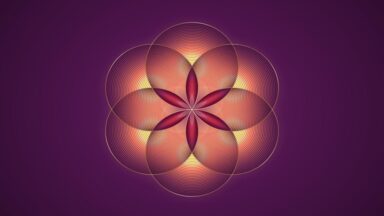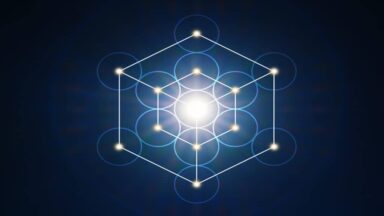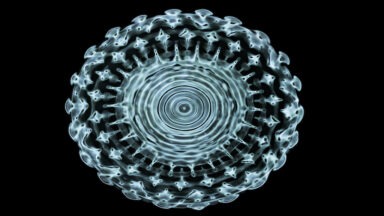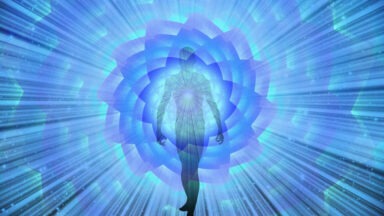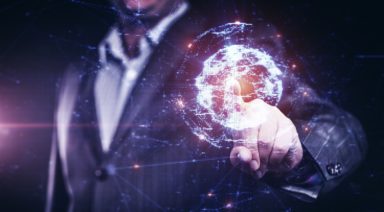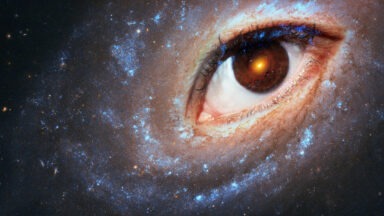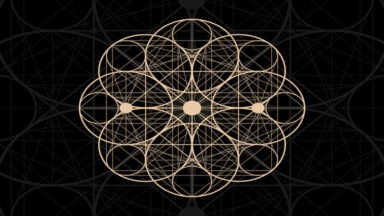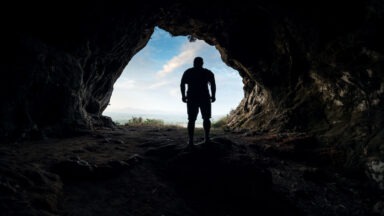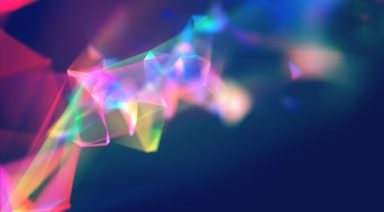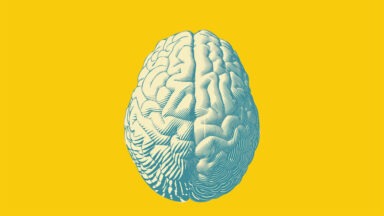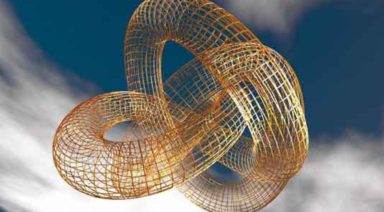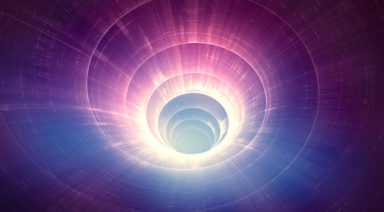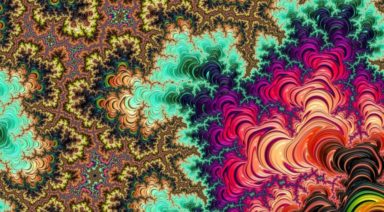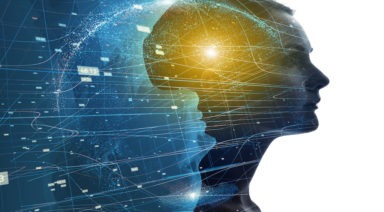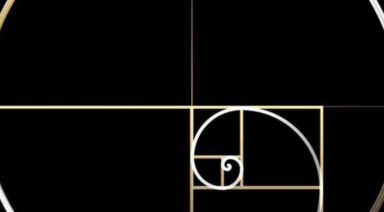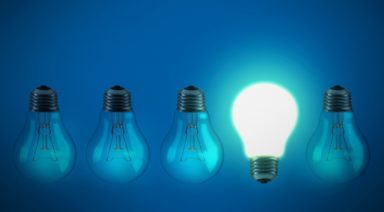Remote Viewing in Sidereal Time Can Enhance Telepathy
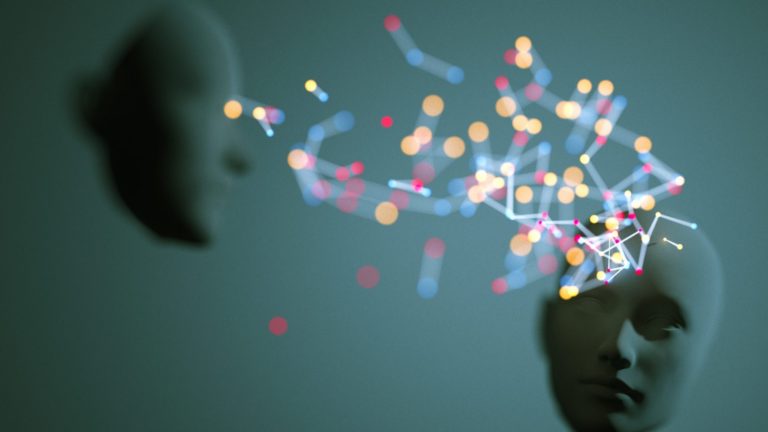
There appears to be evidence that psychic phenomena can be affected by external factors, including geomagnetic forces and our alignment with the cosmos. As strange as this may sound, researcher James Spottiswoode discovered significant data showing that remote viewing in sidereal time is directly correlated with success, or lack thereof, based on our orientation to the center of the Milky Way Galaxy. Though, he doesn’t know exactly why.
How One Researcher Knew to Calculate Sidereal Time
Sidereal time is a method used by astronomers to keep track of celestial objects. It is based on a time scale of Earth’s rotation in relation to fixed stars in the sky and was used to discover the mysterious nature of pulsars, the highly-magnetized, rotating neutron stars – a source of gravitational waves. But Spottiswoode’s use of sidereal time could point to something more intriguing than gravitational waves; possibly a source emitting or influencing our consciousness.
At a certain point during the day, our zenith, or the point in the sky directly above us, aligns with a particular point in the galaxy. Rather than measuring time based on the Earth’s orientation with the sun, one can measure time based on Earth’s orientation to this galactic point. Days measured in this sense are shorter than solar days by about four minutes, lagging by a little more than one day per year.
So, what does this have to do with remote viewing and psychic phenomena? It turns out that there are peak times during the day when our orientation to the galactic center can enhance success with remote viewing and psychic ability, what Spottiswoode refers to as anomalous cognition. There are also times during the day when psychic ability can be adversely affected by our orientation with the galaxy.
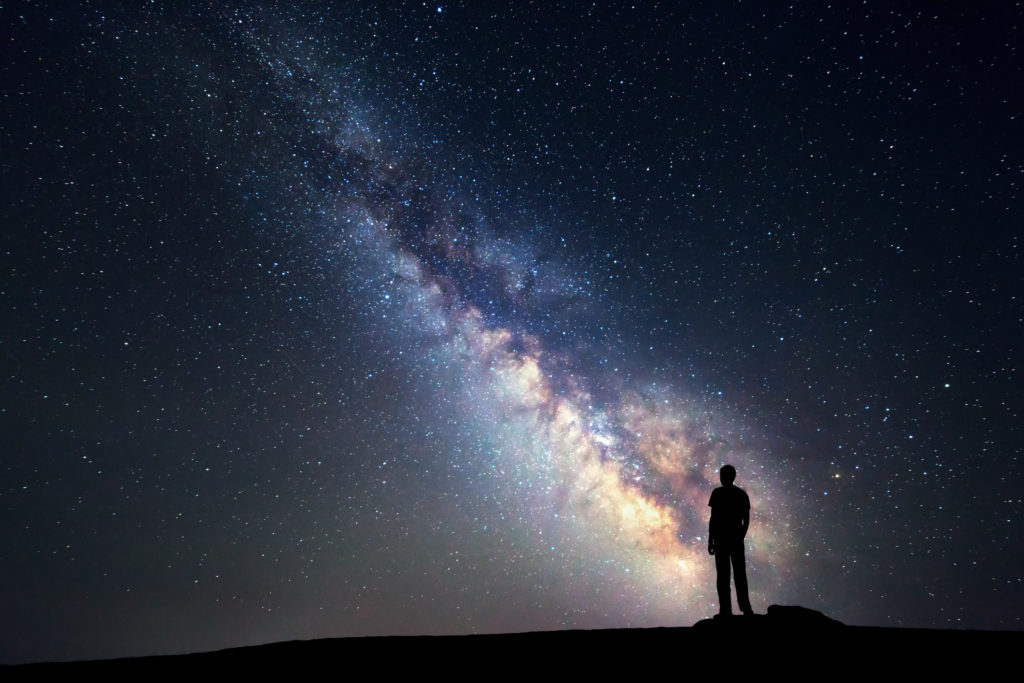
Spottiswoode came to this conclusion by examining a dataset of 20 years worth of psychic research, containing 1,524 trials, between 22 different studies. He found a 400 percent spike in the success rate of tests from remote viewing sessions and wondered what could be causing it. Upon initially examining the time of day when the sessions were being conducted, based on solar time, he kept finding discrepancies. But when organizing the data based on sidereal time, Spottiswoode found a correlation.
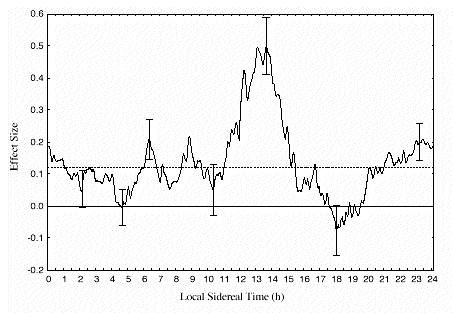
At 13:30 h local sidereal time (LST), the data showed that one would have 400 percent greater success with remote viewing. At this time, our planet is oriented with the Milky Way so that the galactic center is located directly on the horizon. This daily period of peak psychic cognition lasts for about three and a half hours, from 12:45 to 14:15 h LST. When the center of the galaxy is directly overhead, or at our zenith, psychic cognition drops to its lowest point, between 17.5 and 20 h.
This Spottiswoode Peak, as it came to be known, had to be connected with something outside of our solar system because sidereal time is based on right ascension, or a longitudinal line to a fixed point in the sky, which rules out anything local due to planetary movement.
But what exactly was this data that Spottiswoode was analyzing and who was he exactly?
Is Remote Viewing Real?
James Spottiswoode is a parapsychologist who has worked on an array of government-funded projects investigating psychokinesis and ESP. He also worked with the Stanford Research Institute during its CIA-funded remote viewing program, known as the Star Gate Project. During his time studying telepathy, Spottiswoode ran experiments testing quantum optics and extremely low-frequency electromagnetic waves on psychic functions.
In addition to discovering the sidereal effect, Spottiswoode found correlations between solar wind and geomagnetic activity in his measurements of anomalous cognition.
During times of low geomagnetic activity, he found that there was an increase in telepathic experiences. This he says, is the only known physical variable that affects anomalous cognition. Geomagnetism is due to interactions between solar wind and the ionosphere, when ionized plasma from solar storms hits the Earth, causing fluctuations in our geomagnetic field. So, if you want to optimize your remote viewing session, make sure you fall within the right sidereal window and plan to view when the solar forecast is clear.

But with all of this evidence, is remote viewing actually real? What did Spottiswoode make of all of this? While his goal was to look empirically at the data and not attempt to measure the quality of the successful sessions, he concluded that the effect sidereal time had on remote viewing was indeed real. He collected data from a new sample of 1015 trials to verify his findings on the original set, reaching the same conclusion. But could there have been a more mundane explanation?
He said that had he found it to correlate with our solar day, he would have associated the phenomenon with circadian rhythms or our scheduled work days, but this wasn’t the case. “…I’ve checked my data carefully and those kinds of effects could not mimic the sidereal correlation I found. Don’t ask me what it is, but it’s real,” he said.
Further research has found the same effect to occur on precognition in animals. One study found a correlation with the 13.5 h sidereal time on Zebra Finches’ precognitive reaction to a stimulus. A correlation was also found on a precognitive test run by Rupert Sheldrake, another researcher who studies psychic phenomena. During this experiment, subjects were tested to see if they could tell who was calling them on the phone before answering. They found subjects were significantly more likely to predict their caller during the peak, 13.5 h sidereal time, compared to the 19 h sidereal time.
If Spottiswoode’s discovery is real it warrants further research into the phenomenon and what could possibly be causing it. Unfortunately, government funding in projects relating to psychic phenomena and remote viewing was cut years ago, at least as far as we know. But for those who meditate, remote view, or astral project, sidereal time should be taken into consideration during your practice. It’s relatively easy to calculate, with websites that let you know what your LST is. Have you ever experienced enhanced psychic cognition due to sidereal time?
Precognition: Is It Possible to Know Something Before It Happens?

Precognition is the ability to know that something is going to happen before it occurs. It is a form of perception that does not depend on visible signs, sounds, or other environmental cues. In this article, we explore what precognition is, how it manifests, and what you can do to develop this ability.
Table of Contents
- What Is Precognition?
- How Is Precognitive Information Received?
- Differences Between Precognition, Intuition, and Clairvoyance
- Precognition and Spiritual Channeling: Is There a Connection?
- Spontaneous and Induced Precognition: Two Ways It Manifests
- Can Anyone Develop Precognition?
- How to Develop the Ability of Precognition
- How to Integrate Precognition Into Daily Life
What Is Precognition?
Precognition is defined as the anticipatory perception of an event that has not yet happened. Unlike other psychic phenomena, precognition implies a direct connection with future time, without the need for prior signals or logical deductions. Those who experience this ability often report visions, sensations, or dreams that later manifest in reality.
This ability can manifest sporadically or repeatedly, and it’s not always easy to recognize immediately. In many cases, a person may not realize they have had a precognitive experience until the predicted event actually occurs. That’s why learning to identify the patterns and sensations associated with this type of perception is key to developing it.
Although precognition is commonly associated with prophetic dreams, it can also appear during waking states, meditation, or moments of deep emotional connection. It is not about fortune-telling, but rather a subtle form of access to information that transcends ordinary perception of time.
How Is Precognitive Information Received?
Precognitive information can arrive in many ways, depending on a person’s sensitivity and the context in which it manifests. Here are some of the most common forms:
- Precognitive dreams: These often appear as vivid or symbolic dreams that anticipate future events. Although they may seem confusing at the time, their meaning becomes clear when the predicted event takes place.
- Spontaneous images or visions: These manifest as brief, spontaneous mental scenes that arise without apparent cause. They are usually accompanied by a strong emotional charge or a sense of certainty.
- Physical or emotional sensations: Some people feel physical discomfort or intense emotions without a clear reason, just before something important happens. Over time, they learn to recognize these sensations as warnings of what is about to occur.
- Words, thoughts, or “instant knowledge”: These are sudden perceptions of information, as if one “just knew” something without learning it. This form of precognition tends to be clear and direct, without ambiguity.

Differences Between Precognition, Intuition, and Clairvoyance
Although precognition, intuition, and clairvoyance may seem similar, each functions in a distinct way. Precognition is specifically related to the perception of future events. Intuition, on the other hand, is an immediate understanding or a sense about something that is happening or about to happen, without necessarily containing precise information about the future. Intuition tends to be broader and less detailed.
Clairvoyance, meanwhile, is the ability to “see” information beyond the physical—whether from the past, present, or future. A clairvoyant person may receive mental images, symbols, or scenes representing a situation. While clairvoyance can include precognitive moments, not all clairvoyant experiences are anticipations of the future. The main difference lies in the type of perception and the time frame to which the information refers.
Precognition and Spiritual Channeling: Is There a Connection?
Precognition and spiritual channeling share a common foundation: access to information that does not come from rational analysis. In both cases, the person acts as a receiver of knowledge that seems to arise from a deeper or higher source. Although not every precognitive experience involves spiritual contact, the messages perceived often carry a sense of clarity, symbolism, or emotional depth that suggests a link with subtle planes of consciousness.
In the series Channeling: A Bridge to the Beyond, available on Gaia, various ways are explored in which channelers access non-physical information—including precognitive experiences. Through interviews with experts and renowned channelers, the series shows how our perception of time can expand when connecting with guides, energies, or dimensions beyond the visible.
Spontaneous and Induced Precognition: Two Ways It Manifests
Precognition can manifest in different ways, either spontaneously or through intentional practices. In some cases, it appears without warning, as a dream, a sudden image, or an intense sensation that anticipates something to come. These experiences often occur during moments of relaxation, when the mind is more open. But they can also be consciously activated through techniques like meditation or psychic exercises designed to deliberately access future information.
Both spontaneous and induced forms share the same origin: access to data that has not yet materialized in physical reality. The difference lies in the level of control and preparation. While one arises unexpectedly, the other requires training and focus. Both are valid and complementary paths in developing this ability.
Can Anyone Develop Precognition?
Yes, anyone can develop precognition, although the process may vary from person to person. Some individuals are born with a naturally heightened sensitivity, but that doesn’t mean it’s an exclusive ability. With practice, focus, and an open mind, it’s possible to activate and strengthen this skill over time.
The most important thing is to cultivate mindfulness and learn to recognize internal signals. Precognition usually doesn’t appear in dramatic ways at first—it often begins with subtle cues that become clearer with practice. Learning to recognize when your perception is activated, recording your experiences, and trusting what you perceive are key steps in its development.
How to Develop the Ability of Precognition
Developing precognition requires consistency, sensitivity, and openness to new ways of perception. These practices can help you gradually train this ability:
- Keep a perception journal: Write down dreams, intuitions, or spontaneous images. Reviewing these records allows you to detect patterns and confirm synchronicities.
- Practice meditation regularly: Meditation silences mental noise and increases receptivity. It’s essential for accessing subtle information.
- Observe your emotions and sensations: Pay attention to sudden changes in your emotional or physical state. These are often anticipatory signals that tend to repeat.
- Ask questions before sleeping: Formulate a clear question and see if you receive any revealing dreams. This exercise activates the precognitive channel during rest.
- Trust what you perceive: Doubt blocks the flow of information. Practicing confidence in your impressions is essential to strengthen this ability.
How to Integrate Precognition Into Daily Life
Incorporating precognition into your daily life doesn’t mean constantly waiting for signs—it means learning to recognize when your perception is activated. You can start by paying more attention to your intuition when making decisions or when you feel an internal warning you can’t explain. The more you listen and validate it, the more natural it becomes.
It’s also helpful to create brief moments of silence or reflection during the day. This makes it easier to connect with your inner perception, even amid routine. Precognition becomes a practical tool when you stop forcing answers and allow information to arrive in a spontaneous and fluid way.






